Introduction
In a world filled with endless distractions, finding the perfect fidget toy for your child can significantly affect their focus and concentration. Fidget toys are not only fun but also serve as valuable tools for enhancing cognitive skills and relieving stress.
This comprehensive guide will explore the top 10 fidget toys for kids, helping you choose the perfect one for your little one’s needs.
Table of Contents
Understanding Fidget Toys
Fidget toys are handheld objects designed for sensory stimulation and tactile play. They are especially popular among children who find it challenging to sit still or concentrate for extended periods.
These toys are not just distractions; they serve a more profound purpose in aiding children’s focus and emotional regulation.
Do fidget toys help kids learn?
Yes, fidget toys can assist kids in learning by improving focus and attention, especially in those with attention-related challenges like ADHD. They provide sensory input and help manage restlessness, creating a more conducive learning environment.

Why are fidget toys good for kids?
Fidget toys aren’t just gadgets; they’re tools that can unlock a world of benefits for kids. These simple devices can:
Enchanting Entertainers
These toys captivate kids for hours on end. Their mesmerizing qualities make them a delightful choice for playtime.
Stress-Relief Superheroes
They swoop in to save the day when anxiety strikes. Fidget toys provide a sense of security and comfort during stressful moments.
Concentration Champions
Enhancing focus, one fidget at a time. Fidget toys can transform a distracted mind into a laser-focused one.
Calming Companions
Soothing and comforting, just like a friend. Fidget toys offer emotional support by helping kids manage their feelings.
How do fidget toys help child development?
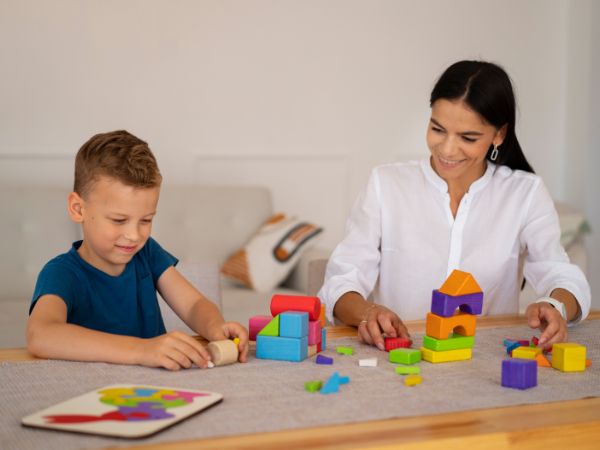
Fidget toys have a significant impact on how children learn in several ways. These tactile and interactive tools are not just fun to play with; they also offer several benefits that aid in physical, cognitive, and emotional growth. Here’s how fidget toys help with child development:
- Improving Fine Motor Skills: Many fidget toys require intricate movements, such as squeezing, twisting, or manipulating small objects. These activities promote the development of fine motor skills, enhancing a child’s ability to control and coordinate their fingers and hands.
- Enhancing Focus and Attention: Fidget toys can help children concentrate better, particularly those with attention-related challenges like ADHD. Engaging with a fidget toy provides a mild sensory distraction that can improve focus and prevent wandering thoughts.
- Reducing Anxiety and Stress: Fidget toys are known for their calming effect. They provide a sensory outlet for anxious or stressed children, helping them manage their emotions and find comfort during challenging situations.
- Sensory Stimulation: Many fidget toys offer diverse textures, shapes, and sensations. This sensory input can be particularly beneficial for children with sensory processing disorders. It helps them regulate their sensory experiences and become more comfortable in various environments.
- Encouraging Creativity: Some fidget toys, like fidget puzzles or building blocks, encourage creative thinking and problem-solving. Children learn to think critically and use their imagination to solve puzzles or construct new shapes and structures.
- Promoting Social Interaction: Fidget toys can serve as conversation starters or tools for cooperative play. When children share and explore fidget toys together, they enhance their social skills, including sharing, taking turns, and communicating.
- Stimulating Brain Development: The act of fidgeting itself can stimulate brain activity. When children engage with fidget toys, they activate different parts of their brains, which can contribute to cognitive development and learning.
- Enhancing Self-Regulation: Fidget toys can assist children in learning self-regulation. By providing a controlled outlet for physical movement and sensory input, these toys empower children to manage their restlessness or excess energy in a positive and non-disruptive manner.
- Boosting Confidence: Successfully mastering fidget toys and learning new tricks or movements can boost a child’s self-esteem and confidence. It makes them feel accomplished and in control.
- Supporting Special Needs: Fidget toys are particularly helpful for children with special needs, including autism spectrum disorders. They provide a safe and enjoyable way for these children to self-soothe and engage with their surroundings.
- Improving Concentration During Learning: In educational settings, fidget toys can assist children in maintaining focus during lessons. While it’s important to use them appropriately and not disrupt the classroom, they can be effective tools for enhancing attention.
Balancing Sentiments
When it comes to fidget toys, there are both positive and negative sentiments to consider. Let’s examine both sides of the argument:
Positive Sentiments
- Parents praise these toys for their calming effects. They’ve witnessed firsthand how fidget toys can help their children manage anxiety and stress.
- Kids love the variety and fun they provide. Fidget toys come in all shapes, sizes, and colors, ensuring there’s something for everyone.
- Teachers appreciate their role in improving classroom focus. Fidget toys can be discreetly used by students, helping them concentrate better during lessons.
Negative Sentiments
- Some argue that fidget toys can be distracting if not used appropriately. While they can aid concentration, misuse or overuse can lead to distraction, especially in a classroom setting.
- There’s a concern that overuse may lead to dependency. While fidget toys are excellent tools, they should complement other coping mechanisms, not replace them entirely.
Choosing the Right Top 10 Fidget Toys for your Kids
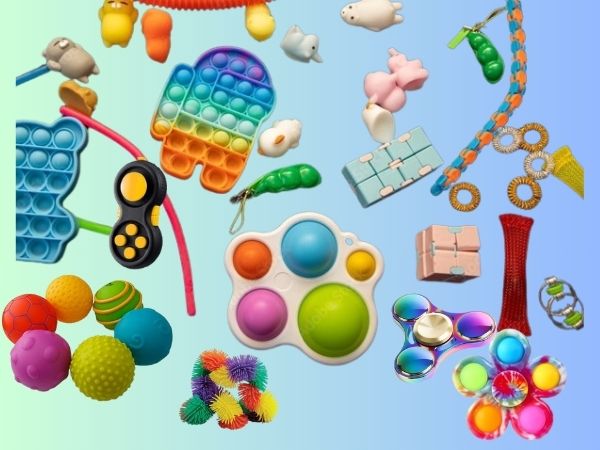
When selecting a fidget toy for your child, it’s crucial to consider their age, preferences, and specific needs. Not all fidget toys are suitable for every child, so let’s explore the factors to keep in mind:
- Age Appropriateness: Ensure that the toy is age-appropriate and doesn’t contain small parts that could pose a choking hazard.
- Tactile Sensations: Some kids prefer soft, squishy toys, while others enjoy the click or spin of harder materials. Pay attention to your child’s sensory preferences.
- Purpose: Determine whether the fidget toy will primarily serve as a stress reliever, a concentration aid, or simply a source of entertainment.
Now that you’re armed with these considerations, let’s unveil our top 25 recommendations, each offering a unique way to captivate young minds and foster focus and fun:
Best Fidget Toys for Kids
Now, let’s dive into the best fidget toys that will captivate your child’s imagination and enhance their cognitive development.
1. Fidget Spinners
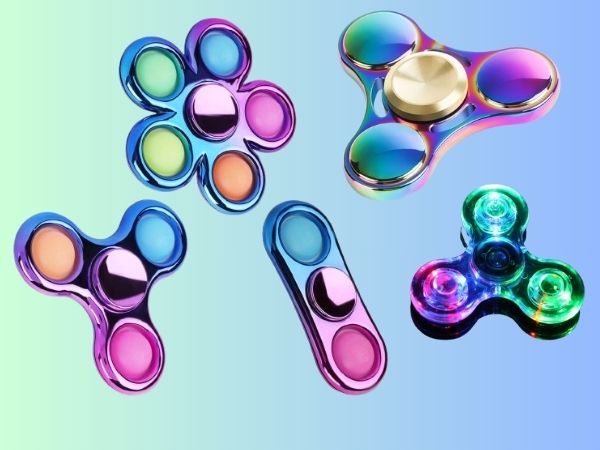
Description: Fidget spinners are hand-held toys with three prongs and a central bearing. They are designed to spin smoothly when flicked.
Benefits: Fidget spinners can help children improve focus and dexterity while providing a calming effect.
Material: Typically made of plastic, metal, or a combination of both.
Age Range: Suitable for kids aged 5 and above.
2. Tangle Toys

Description: Tangle toys consist of interconnected, twistable segments. They offer endless opportunities for twisting and turning.
Benefits: Tangle toys promote fine motor skills and can help alleviate stress and anxiety.
Material: Usually made of durable plastic.
Age Range: Appropriate for kids of all ages.
3. Sensory Stress Balls
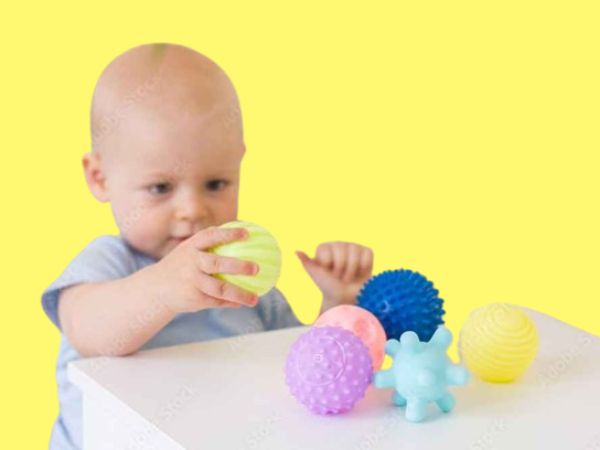
Description: Sensory stress balls are squeezable, textured balls that provide tactile stimulation.
Benefits: These balls can aid in stress relief, hand strengthening, and sensory exploration.
Material: Typically made of rubber or silicone.
Age Range: Suitable for children aged 3 and up.
4. Squishy Toys
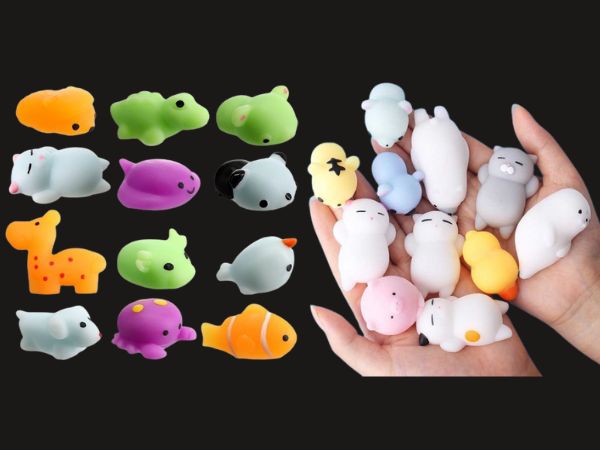
Description: Squishy toys are soft and squeezable, coming in various shapes and designs.
Benefits: They are excellent for stress relief, sensory play, and improving hand strength.
Material: Made from soft, slow-rising foam.
Age Range: Recommended for kids of 3+.
5. Fidget Cubes
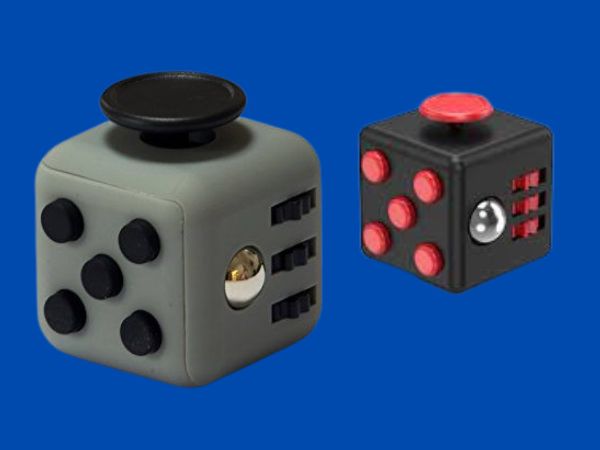
Description: Fidget cubes have multiple buttons, switches, and knobs on each side for various fidgeting activities.
Benefits: They offer diverse sensory experiences and enhance concentration.
Material: Typically made of plastic with various textures.
Age Range: Suitable for kids aged 8 and up.
6. Chewable Jewelry
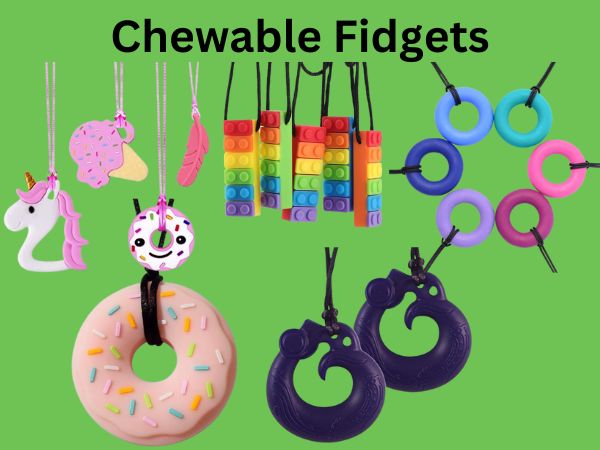
Description: Chewable jewelry includes necklaces and bracelets designed for chewing as a sensory outlet.
Benefits: These accessories can soothe oral sensory needs and reduce anxiety.
Material: Made from safe, non-toxic silicone.
Age Range: Ideal for kids aged 4 and older.
7. Pop It Fidget Toys
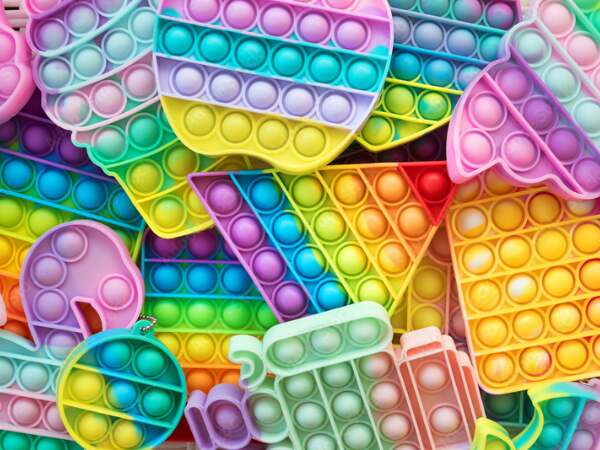
Description: Pop It toys are flat, silicone toys with bubbles that can be pushed in and out.
Benefits: They provide tactile satisfaction and can be a quiet fidget option.
Material: Made from silicone.
Age Range: Suitable for all ages.
8. Liquid Motion Bubbler
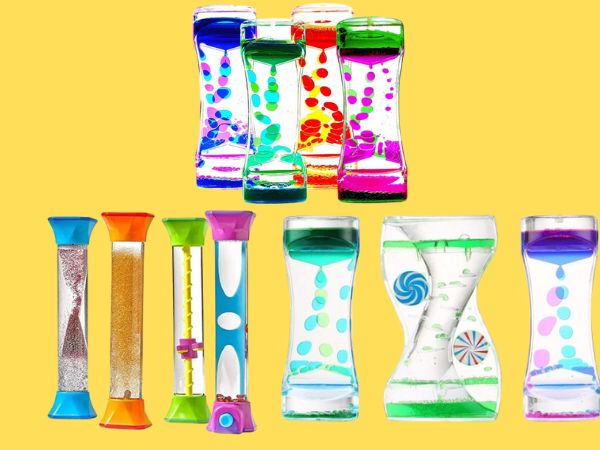
Description: Liquid motion bubblers contain colorful liquid that flows through a twisty tube.
Benefits: They offer mesmerizing visual stimulation and a calming effect.
Material: Typically made of plastic and glass.
Age Range: Recommended for children aged 5 and above.
9. Flippy Chain Fidget Toy
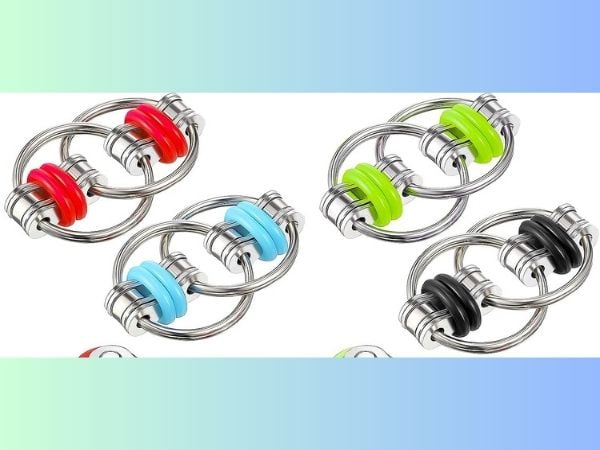
Description: The flippy chain is a chain of interlocking rings that can be flipped and spun.
Benefits: It aids in improving fine motor skills and focus.
Material: Often made of metal or plastic.
Age Range: Suitable for kids aged 6 and up.
10. Velvet Fidgets

Description: Velvet fidgets are small, soft, and velvety-textured toys that can be rubbed or squeezed.
Benefits: They provide tactile comfort and stress relief.
Material: Made from plush velvet fabric.
Age Range: Appropriate for all ages.
11. Stretchy Strings
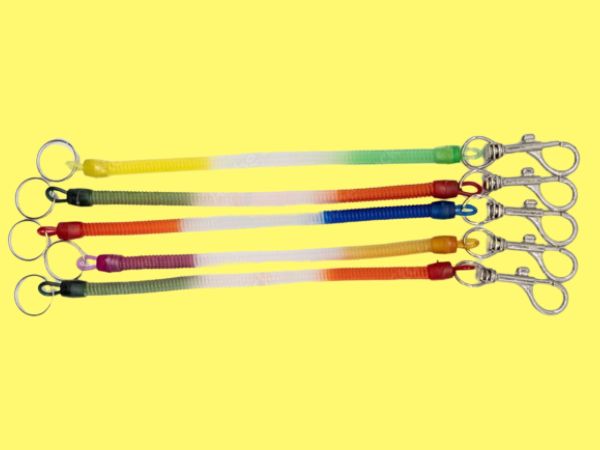
Description: Stretchy strings are stretchable and can be pulled and twisted.
Benefits: They improve hand strength, and coordination, and can act as a stress reliever.
Material: Typically made of silicone or rubber.
Age Range: Suitable for kids aged 3 and above.
12. Koosh Balls
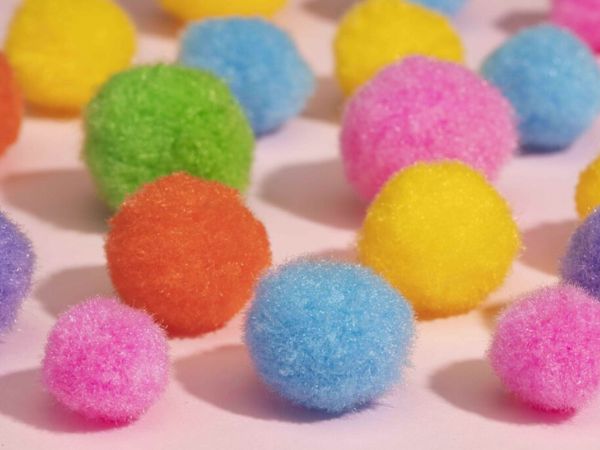
Description: Koosh balls consist of rubbery strands attached to a soft core.
Benefits: They offer tactile stimulation and sensory feedback.
Material: Made from rubber.
Age Range: Recommended for kids aged 4 and up.
13. Scented Putty
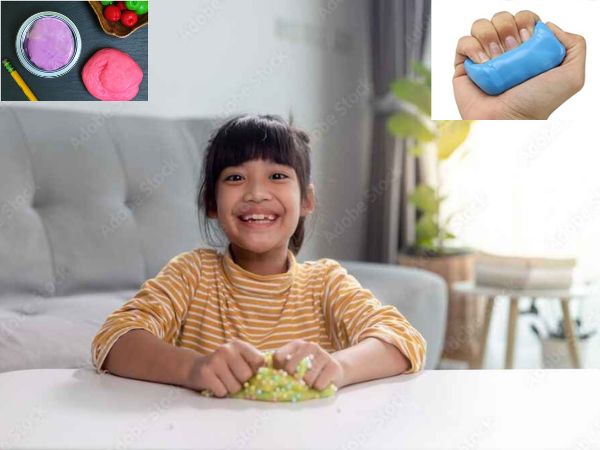
Description: Scented putty is a moldable material with pleasant scents.
Benefits: It encourages sensory exploration and creativity.
Material: Usually made from silicone-based putty.
Age Range: Suitable for children aged 5 and older.
14. Fidget Puzzles

Description: Fidget puzzles are small, intricate puzzles designed for fidgeting.
Benefits: They enhance problem-solving skills and dexterity.
Material: Made of plastic or wood.
Age Range: Suitable for kids aged 6 and up.
15. Infinity Cube

Description: The infinity cube is a folding cube that can be endlessly folded and unfolded.
Benefits: It promotes concentration and dexterity.
Material: Often made of metal or plastic.
Age Range: Recommended for children aged 8 and above.
16. Twiddle Cube
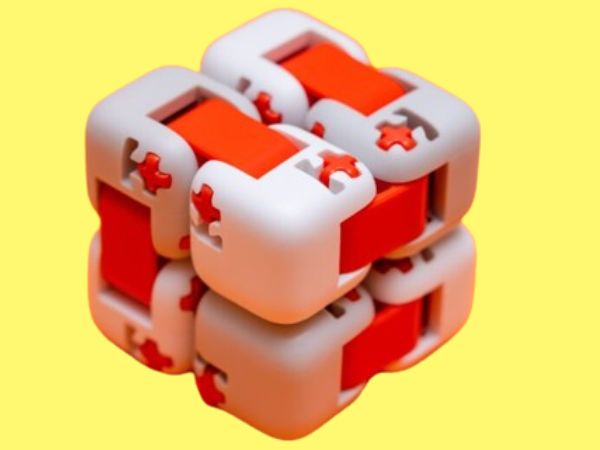
Description: Twiddle cubes are compact cubes with various tactile features.
Benefits: They offer sensory engagement and improve fine motor skills.
Material: Typically made of plastic.
Age Range: Suitable for kids aged 7 and up.
17. Gel Stress Balls

Description: Gel stress balls are squishy balls filled with a gel-like substance.
Benefits: They provide stress relief and improve hand strength.
Material: Made from rubber or latex.
Age Range: Recommended for children aged 6 and older.
18. Magnetic Fidget Toys
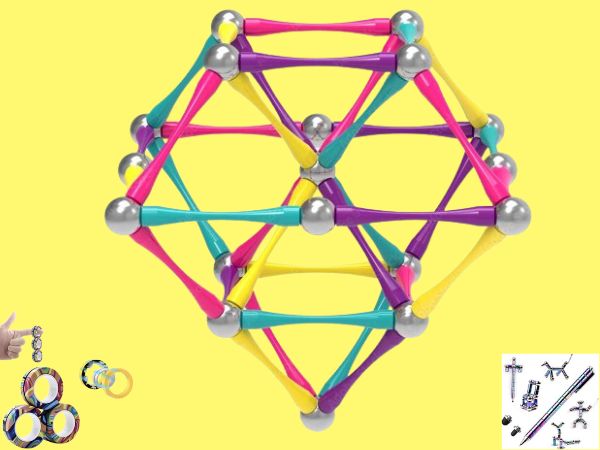
Description: Magnetic fidget toys consist of small magnetic pieces that can be manipulated.
Benefits: They stimulate creativity and offer endless building possibilities.
Material: Made from safe, durable magnets.
Age Range: Suitable for children aged 5 and up.
19. Marble Fidgets

Description: Marble fidgets are small, handheld devices with rolling marbles.
Benefits: They offer tactile stimulation and concentration improvement.
Material: Often made of plastic.
Age Range: Appropriate for children aged 4 and up.
20. Spiky Sensory Rings

Description: Spiky sensory rings are soft, textured rings designed for tactile exploration.
Benefits: They stimulate the senses and can serve as a calming tool.
Material: Made from soft, safe silicone.
Age Range: Suitable for all ages.
21. Fidget Pen
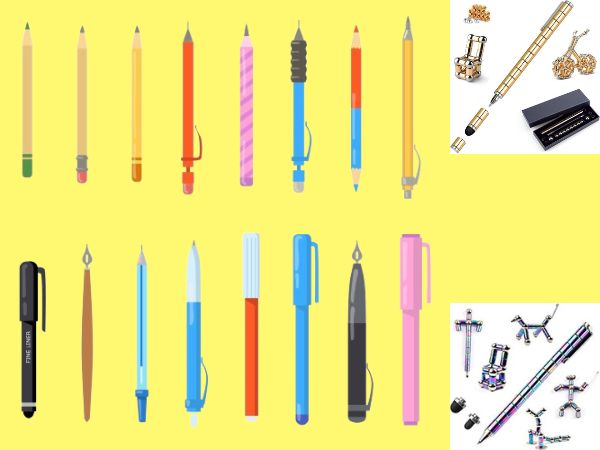
Description: Fidget pens have built-in fidgeting features like clickers and spinners.
Benefits: They enhance focus and provide discreet fidgeting options.
Material: Made of plastic or metal.
Age Range: Recommended for kids aged 8 and above.
22. Stress Relief Toys

Description: Stress relief toys come in various shapes and materials, offering stress reduction.
Benefits: They help alleviate anxiety and provide relaxation.
Material: Varies depending on the specific toy.
Age Range: Suitable for kids aged 5 and up.
23. Squeeze Toys

Description: Squeeze toys are soft, squeezable figures or objects.
Benefits: They provide tactile stimulation and stress relief.
Material: Made from soft, safe materials.
Age Range: Appropriate for kids of all ages.
24. Texture Sensory Balls
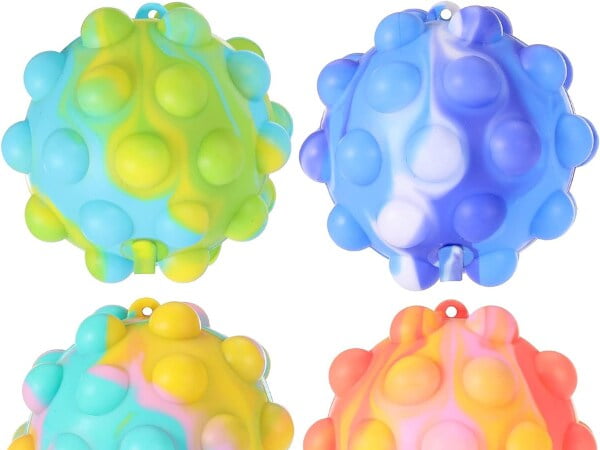
Description: Texture sensory balls have a variety of tactile textures on their surface.
Benefits: They encourage sensory exploration and improve hand coordination.
Material: Made of rubber or silicone.
Age Range: Suitable for kids aged 3 and 3+.
25. Wacky Tracks Fidget Toy
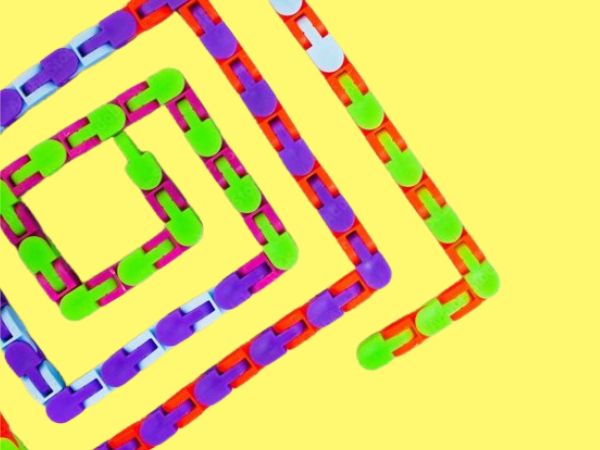
Description: Wacky tracks are interconnected, snap-together segments that can be twisted and bent.
Benefits: They improve hand strength and dexterity.
Material: Typically made of plastic.
Age Range: Recommended for kids aged 6 and up.
These 25 fidget toys offer a wide range of sensory experiences, from tactile to visual and auditory. They can help children focus, relax, and have fun while engaging their senses and promoting fine motor skills. When choosing a fidget toy for your child, consider their individual preferences and sensory needs to find the perfect fit.
Know about Fidget Toys for Adults also.
The Top 10 Fidget Toys for Kids– Comparative Knowledge
- Table: Comparison of Top 10 Fidget Toys for Kids
| Rank | Toy Name | Age Range | Positive Features | Negative Features |
| 1 | Fidget Spinner | 5+ | Stress Relief, Fun | Small parts, Distractions |
| 2 | Tangle Relax | 3+ | Calming Sensation, Quiet | Durability |
| 3 | Squishy Stress | 4+ | Squeezable, Stress Relief | May Tear Easily |
| 4 | Infinity Cube | 6+ | Endless Fidgeting, Durable | Not Ideal for Smaller Kids |
| 5 | Sensory Rings | 3+ | Sensory Stimulation, BPA-Free | May Not Appeal to All Kids |
| 6 | Liquid Motion | 4+ | Mesmerizing, Calming | May Leak |
| 7 | Stretchy Strings | 3+ | Stretchable, Tactile | Supervision Needed |
| 8 | Push Pop Bubble | 3+ | Popping Sensation, Reusable | May Lose Pop Sensation |
| 9 | Fidget Cube | 6+ | Multiple Activities, Durable | Small Parts, Pricey |
| 10 | Wacky Tracks | 3+ | Flexibility, Portable | Snap Easily |
Tips for Maximizing the Benefits of These Top 10 Fidget Toys For Kids
Here are some tips for maximizing the benefits of above listed the top 10 Fidget Toys For Kids :
A. Incorporating into Daily Routine
- Integrate fidget toys into your child’s daily schedule, such as incorporating them into their morning routine, homework time, or quiet time before bed.
- Encourage your child to use fidget toys during activities that require focus or attention, such as reading, studying, or listening to instructions.
- Help your child identify specific times or situations where they may benefit from using fidget toys, such as during stressful situations or when feeling restless.
B. Rotating Toys to Maintain Interest
- Rotate the selection of fidget toys available to your child to prevent boredom and maintain their interest.
- Introduce new types of fidget toys periodically to provide variety and cater to different sensory needs.
- Allow your child to choose which fidget toys they want to use each day, giving them a sense of ownership and control over their tools for self-regulation.
C. Encouraging Self-Regulation Skills
- Teach your child how to use fidget toys effectively as tools for self-regulation, such as taking deep breaths while using a stress ball or squeezing a fidget cube to redirect nervous energy.
- Encourage your child to identify their own triggers for stress or anxiety and use fidget toys proactively to manage these feelings.
- Model self-regulation techniques for your child and praise them for using fidget toys appropriately to cope with challenging emotions or situations.
How to Introduce These All Fidget Toys to Kids
here’s how you can introduce fidget toys to kids:
A. Educating Parents and Caregivers
- Provide information about the benefits of fidget toys for children, including their potential to improve focus, reduce anxiety, and promote self-regulation.
- Share research findings and testimonials from experts or other parents who have found success with using fidget toys.
- Discuss the different types of fidget toys available and how they can cater to different sensory needs and preferences.
B. Establishing Usage Guidelines
- Set clear guidelines for when and where fidget toys can be used, such as during homework time, in the classroom (if allowed by the teacher), or during stressful situations.
- Establish rules regarding sharing and caring for fidget toys to promote responsible use and prevent conflicts among siblings or peers.
- Encourage children to use fidget toys as tools for self-regulation rather than toys for playtime, emphasizing their purpose in helping to improve focus and attention.
C. Monitoring Use and Effectiveness
- Regularly check in with your child to see how they are using their fidget toys and whether they are finding them helpful.
- Observe any changes in behavior or mood when using fidget toys to assess their effectiveness in addressing specific needs or challenges.
- Adjust usage guidelines or switch to different types of fidget toys if necessary based on your child’s feedback and evolving needs.
Where to Buy Top 10 Fidget Toys For Kids
Now that you know our top 10 picks, you may be wondering where to find these fantastic fidget toys. Here are some options:
- Local Toy Stores: Support local businesses and find unique options.
- Online Retailers: Explore a vast selection and read user reviews.
- Specialty Shops: Some stores specialize in sensory toys.
- DIY: Get creative and make your fidget toys at home.
Frequently Asked Questions
1. Are fidget toys suitable for all children?
Fidget toys can benefit many children, especially those with sensory or attention challenges. However, it’s essential to consider your child’s specific needs and preferences.
2. How can I introduce fidget toys to my child’s daily routine?
Start by offering a variety of fidget toys and observe which ones capture your child’s interest. Encourage them to use these tools during appropriate times, such as homework or quiet activities.
3. How can I ensure my child uses fidget toys responsibly at school?
Communication is key. It’s essential to talk to your child’s teacher and school staff about their fidget toy use. Establish guidelines for classroom use, and ensure that the toys do not disrupt the learning environment.
4. Are fidget toys only for children with ADHD?
No, fidget toys can benefit any child who needs sensory stimulation or stress relief. They are not exclusive to children with ADHD.
5. Can fidget toys be used in schools?
Many schools now recognize the benefits of fidget toys and allow their discreet use in the classroom. However, it’s essential to check with your child’s school policies.
6. Where can I find the top 10 fidget toys mentioned in this article?
You can find these fidget toys at various locations, including toy stores, online marketplaces, and specialty shops.
Before making a purchase, read reviews, check for safety certifications, and consider the specific preferences and needs of your child.
7. Can fidget toys replace professional therapy for children with sensory issues?
Fidget toys can be a helpful addition to therapy but should not replace professional guidance. It’s essential to consult with a healthcare professional or therapist for a comprehensive approach to addressing sensory issues.
8. Are there any safety concerns associated with fidget toys?
Always check for small parts that may pose a choking hazard, especially for younger children. Additionally, ensure that the toys you choose meet safety standards and have been tested for quality.
Conclusion
In conclusion, fidget toys play a pivotal role in enhancing children’s focus, creativity, and overall well-being. By incorporating these engaging tools into their daily routines, you can help your child thrive both academically and emotionally. So, why wait? Access our handpicked selection of top-notch fidget toys and watch your child’s potential soar.


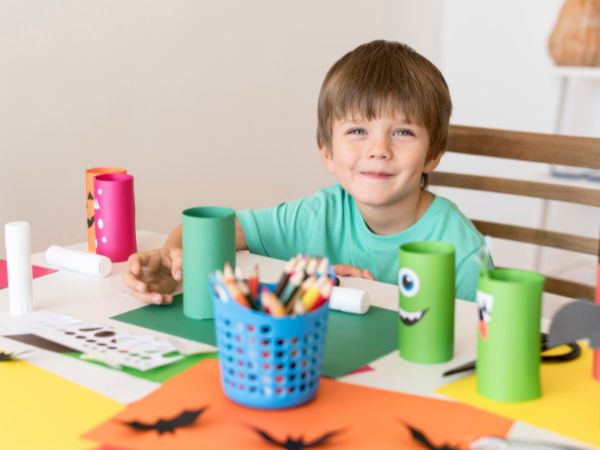
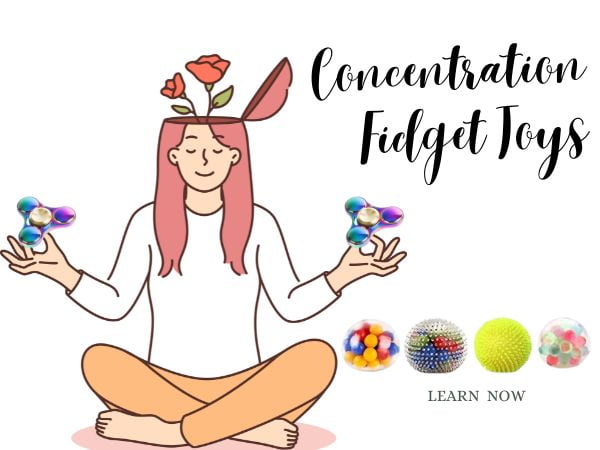
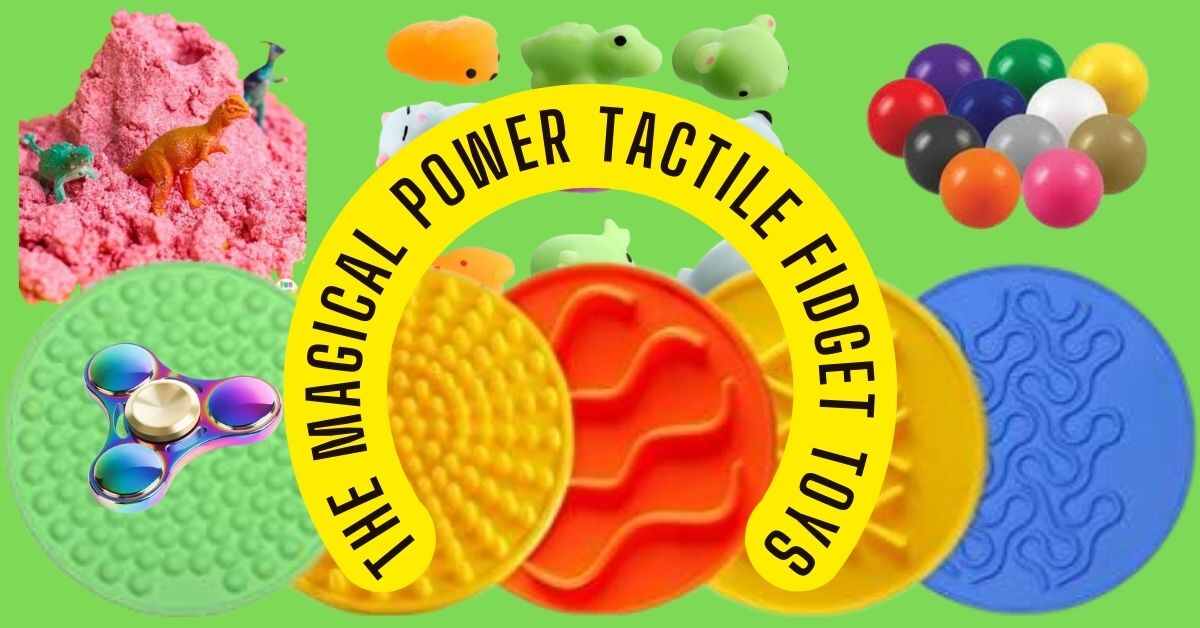






1 thought on “Top 10 Fidget Toys for Kids: Keep Your Little Ones Engaged and Calm”